Beat the chilly nights and sleep uninterrupted with a cosy comforter. It prevents you from feeling too cold or too hot so that you can have a peaceful and comfortable sleep.
Comforters are available in different sizes, colours and other variants. To choose the best one among them that is suitable for your requirements, you have to consider certain factors.
In the below buying guide, we have provided information on the factors to consider while purchasing a comforter. Read the information thoroughly to make an informed choice.
5 factors you need to know to make a perfect buying decision
Factor 1. How to choose the right comforter size
Comforters are available in different sizes that include Twin, Twin XL, King, Queen and Oversized King. You have to choose the size based on your cot size or your personal preference.
Some users prefer buying oversized blankets to give a luxurious look to the interiors. But one fact that many are not aware of is when the oversized comforter will hang over the sides, which helps in trapping the heat in a much better way. You can feel the warmth and comfort if you are sleeping over the edge. Couples who don’t find normal sized blankets comfortable can try this.
Below is a table that describes different mattress sizes and their standard recommendations.








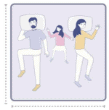

Factor 2. How to choose the right comforter thickness
Thickness of a comforter depends on the amount of filling. It is usually measured in terms of GSM (grams per square meter). Higher GSM means the comforter will be thicker and warmer. Less GSM means lighter and less warmth comforter. You have to choose based on your preference. In the below table, we have provided standard recommendations for different thickness.
Factor 3. Inner Filling Material
Different brands use different materials for filling their comforter products. Most commonly used fillings are microfiber, wool, cotton, polyester, wool, silk and down. Each filling type has its own benefits and drawbacks. Below, we have provided a detailed description of each type for your reference.
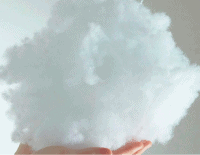

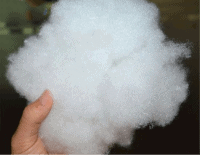
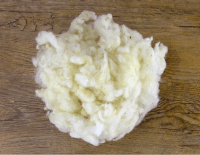
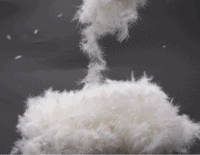
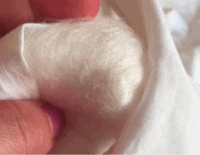
Factor 4. Outer Shell Material
This is another important feature to consider while purchasing a comforter. Some of the common materials used for outer fabric are microfiber, cotton, wool, silk and polycotton. You can choose among them based on your individual preference.
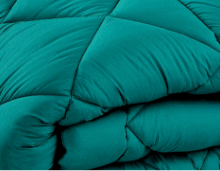
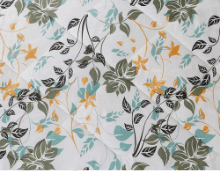
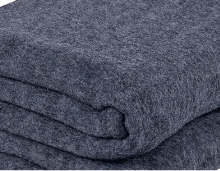
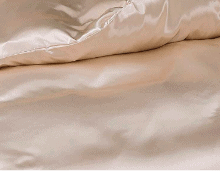
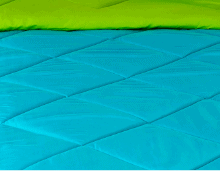
5. Other Features which you should consider
Apart from the above-mentioned factors, consider below features as well to understand the durability and usability of the comforter.
1. Thread count
Along with checking the type of fabric, it is also important to analyse the quality and durability of the fabric. Quality of a material is usually measured in terms of thread count (number of threads used per square inch).
Higher the thread count, tighter and better will be the weaving. To provide a clear picture, we have provided insights on different thread counts and their quality level.
2. Construction of the comforter
The construction of the comforter means the extra stitching that is done in the interior to prevent the filling material from shifting or creating lumps or dead spaces. Different brands use different types of constructions. Some of the most common ones are as follows:
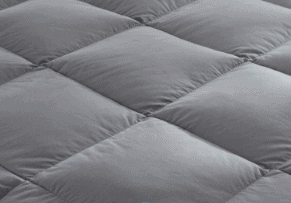
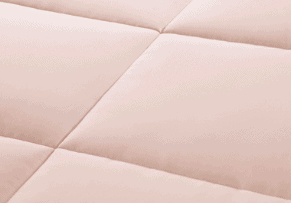
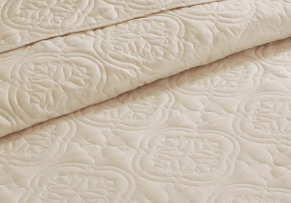
Sewn-through Construction
The sewn-through comforters have sewing through both top and bottom layers creating different patterns like diamonds or curved rectangles. The filling does not shift at all in these types of comforters offering better performance than the baffle box comforters.
Baffle Box Construction
A baffle box comforter is sewn with flexible boxes that create pockets inside the comforter. The filling present inside the comforter cannot shift out of the dedicated box. This ensures that the filling is spread evenly throughout the comforter. However, the filling might shift within the box.
Quilt Stitching
Quilt stitching is quite similar to baffle box construction as this also features a similar check-board stitching. However, they don’t feature fabric baffles that prevent the filling from shifting. This type of switching is perfect for those who are not expecting too much warmth from the comforter. Also, they are cheaper than the baffle box construction.
3. Machine washable
In order to maintain the hygiene of the comforter, you have to wash it regularly. So, check out whether the comforter is hand washable or machine washable. Choose based on your washing and drying preferences.
4. Best Comforter Brands in india








